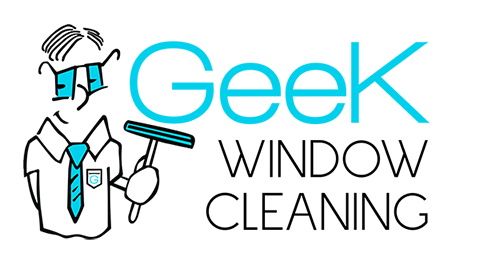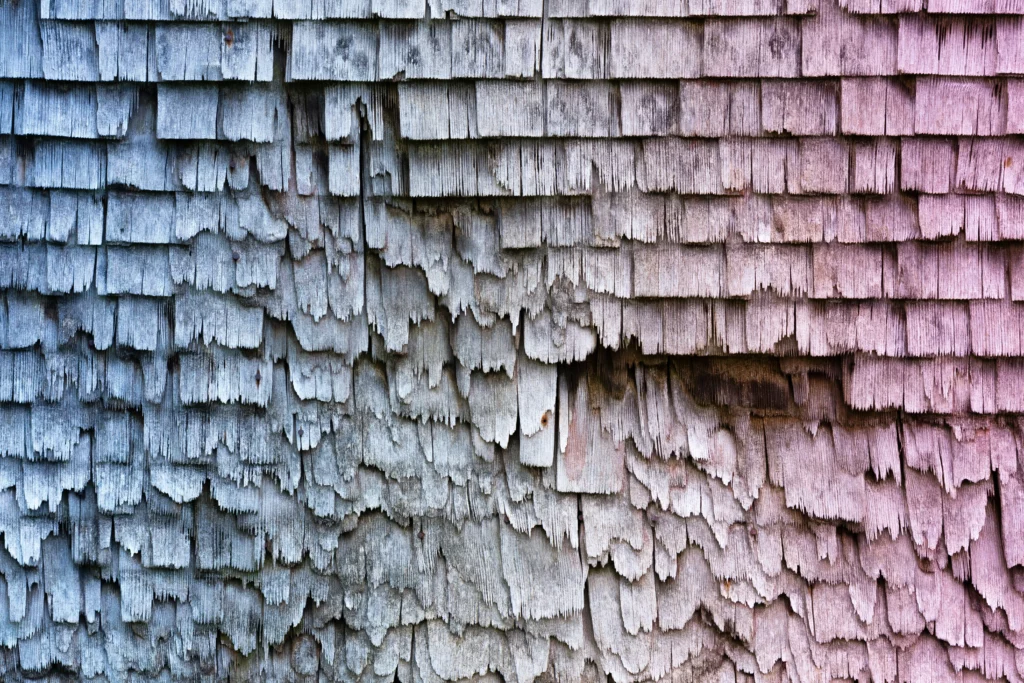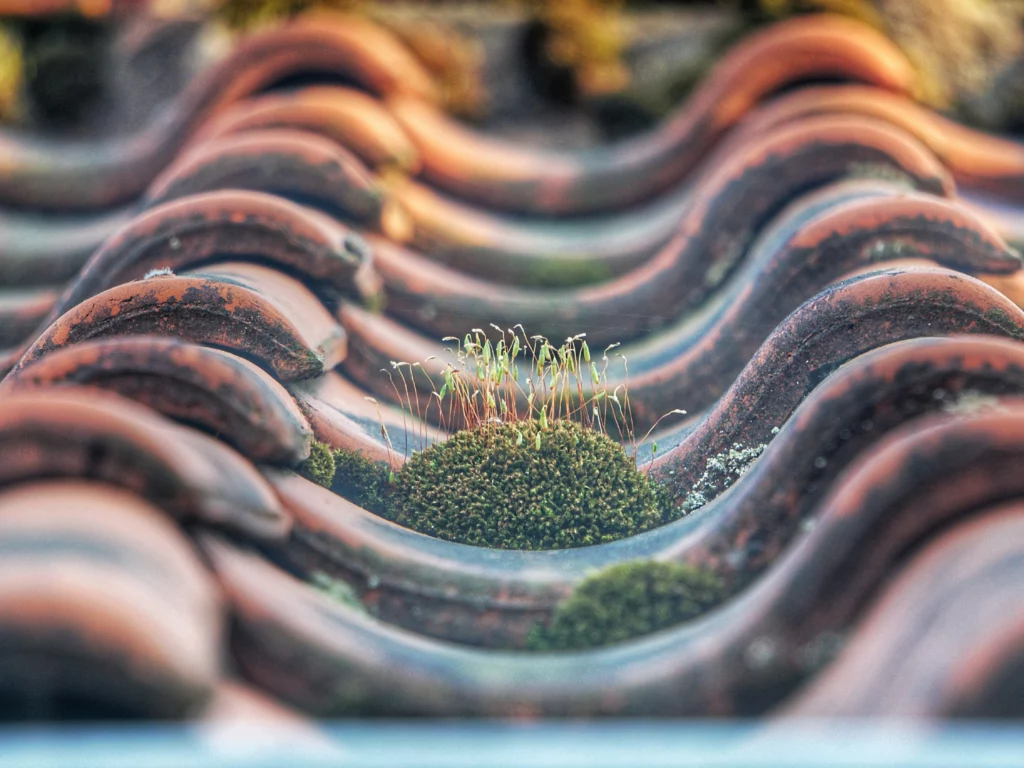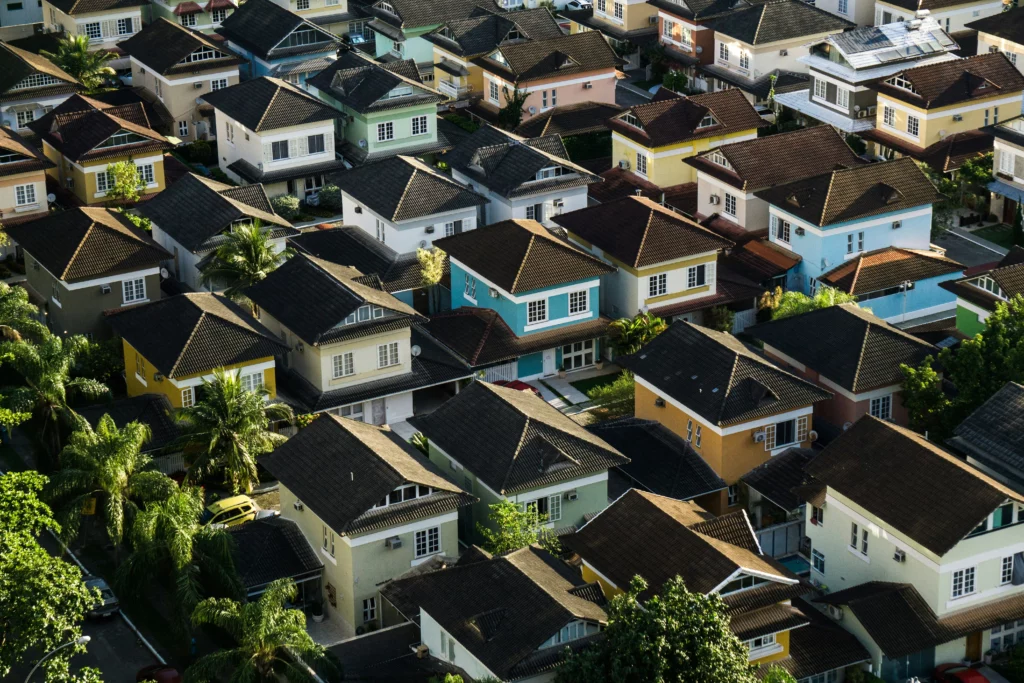Can You Pressure Wash a Roof?
Understanding Roof Maintenance
Did you know that improper maintenance can reduce a roof’s lifespan by up to 50%? At Geek Window Cleaning, we understand that proper roof maintenance is crucial for the longevity and aesthetic appeal of your home. A well-maintained roof not only enhances curb appeal but also protects your home from environmental elements. In this blog post, we will explore the common question, “Can you pressure wash a roof?” We will delve into the benefits and risks of pressure washing, discuss the types of roofs that are suitable for this cleaning method, and provide a step-by-step guide to help you perform the task safely. Additionally, we will cover alternative cleaning methods, safety tips, and when it might be best to call in a professional.
Benefits of Pressure Washing Your Roof
Pressure washing Houston services for your roof can offer several benefits, including:
Improved Aesthetic Appeal
Pressure washing removes dirt, grime, moss, and algae, giving your roof a fresh and clean look. This immediate improvement in appearance can enhance the overall look of your home and make it more inviting.
Extended Roof Lifespan
Regular cleaning can prevent the buildup of harmful substances that can deteriorate roofing materials over time. Moss and algae, in particular, retain moisture and can cause shingles to rot or become dislodged. By keeping your roof clean, you can extend its lifespan and avoid costly repairs or replacements.
Enhanced Energy Efficiency
A clean roof reflects sunlight more effectively, potentially reducing cooling costs in warmer months. Algae and dirt can cause your roof to absorb more heat, making your home warmer and increasing your reliance on air conditioning. By maintaining a clean roof, you can improve your home’s energy efficiency.
Increased Property Value
A well-maintained roof can boost your home’s market value and appeal to potential buyers. Prospective buyers are more likely to be interested in a property with a roof that looks clean and well cared for, as it suggests that the rest of the home has been similarly maintained.
Potential Risks of Pressure Washing
While pressure-washing roofs have the obvious benefits of being much stronger and quicker than washing with other methods, they also come with many potential risks when not performed by professionals who know the correct pressure to use. This is why it is best to hire a professional roof cleaner to avoid any potential roof damage.
Damage to Roofing Materials
High-pressure water can damage shingles, tiles, and other roofing materials, leading to leaks and structural issues. Asphalt shingles, in particular, can be stripped of their granules, reducing their effectiveness and lifespan. Clay and concrete tiles can crack under high pressure, while wood shingles can splinter.
Water Intrusion
Improper pressure washing techniques can force water under shingles, causing moisture problems and mold growth. Water intrusion can lead to interior damage, such as ceiling stains, wall damage, and mold, which can be harmful to your health and expensive to remediate.
Voiding Warranties
Some roofing manufacturers void warranties if pressure washing is used, as it can compromise the integrity of the roof. Always check your roofing warranty before deciding to pressure wash, as using this method might leave you without coverage for future issues.
Types of Roofs and Their Suitability for Pressure Washing
Not all roofs are suitable for pressure washing. Here are some common roofing materials and their compatibility with pressure washing:
Asphalt Shingles
Generally not recommended for pressure washing due to their delicate nature. The high pressure can strip away the granules that protect the shingles from UV rays, leading to premature aging and potential leaks.
Clay and Concrete Tiles
It can be pressure washed with caution, using low pressure and proper techniques. These materials are more durable than asphalt shingles, but they can still crack or become dislodged if high pressure is applied directly.
Metal Roofs
Suitable for pressure washing, as they can withstand higher pressure. Metal roofs are durable and can handle the force of pressure washing without sustaining damage, making them an ideal candidate for this cleaning method.
Wood Shingles and Shakes
Should be cleaned with low-pressure washing to avoid damage. High pressure can cause wood to splinter and degrade, so a gentle approach is necessary to preserve the integrity of wood roofing.
Step-by-Step Guide to Pressure Washing Your Roof
If you decide to pressure wash your roof, follow these steps for best results:
Prepare the Area
Remove any debris from the roof and cover plants and outdoor furniture to protect them from runoff. Clear gutters and downspouts to ensure proper drainage during and after the cleaning process.
Choose the Right Equipment
Use a pressure washer with adjustable pressure settings and a wide-angle spray nozzle. A lower pressure setting (below 1,500 PSI) and a 25- to 40-degree nozzle are recommended to avoid damaging the roofing material.
Apply Cleaning Solution
Use a roof-specific cleaning solution to loosen dirt and grime. These solutions often contain algaecides and fungicides to kill and remove moss, algae, and lichen. Apply the solution according to the manufacturer’s instructions and let it sit for the recommended amount of time.
Start from the Top
Begin washing from the top of the roof and work your way down to prevent water from getting under the shingles. This top-down approach ensures that the cleaning solution and debris are effectively rinsed off the roof.
Use Low Pressure
Keep the pressure low to avoid damaging the roofing material. Hold the nozzle at least a foot away from the surface and use a sweeping motion to clean each section.
Rinse Thoroughly
Ensure all cleaning solution is rinsed off to prevent residue buildup. Thorough rinsing is essential to remove all cleaning agents and prevent streaking or staining.
Alternatives to Pressure Washing
If pressure washing is not suitable for your roof, consider these alternatives:
Soft Washing
Uses low-pressure water and specialized cleaning solutions to gently clean the roof. Soft washing is effective for removing biological growths like moss and algae without the risk of damaging roofing materials.
Manual Cleaning
Involves scrubbing the roof with a brush and cleaning solution. This method is labor-intensive but allows for precise control and minimal risk of damage. It’s suitable for delicate roofing materials and small areas.
Chemical Treatments
Use roof-safe chemicals to kill and remove moss and algae without high pressure. These treatments can be applied with a garden sprayer and typically do not require rinsing, as rain will wash away the dead growth.
Safety Tips for Roof Pressure Washing
Safety should be a top priority when pressure washing your roof. Here are some tips to ensure a safe cleaning process:
Wear Protective Gear
Use safety glasses, gloves, and non-slip shoes. This gear will protect you from debris, chemicals, and slippery surfaces.
Use a Harness
Secure yourself with a safety harness to prevent falls. Roof work can be hazardous, especially on steep or wet surfaces, so a harness provides an essential layer of safety.
Check Weather Conditions
Avoid pressure washing on windy or rainy days to reduce the risk of accidents. Wet surfaces are slippery, and strong winds can make it difficult to control the pressure washer.
Work with a Partner
Have someone assist you to ensure safety and efficiency. A partner can help manage equipment, monitor your safety, and provide immediate assistance if needed.
Professional Roof Cleaning Services: When to Call an Expert
While DIY roof cleaning can save money, most times it’s best to call in a professional. Consider hiring a professional roof cleaning service if:
Your Roof Is High or Steep
Professionals have the equipment and experience to safely clean difficult-to-reach areas. Working on high or steep roofs increases the risk of falls and injuries.
You Lack Experience
Professionals can ensure the job is done correctly without damaging your roof. They have the knowledge and skills to select the appropriate cleaning methods and solutions for your specific roof type.
Time Constraints
Hiring a professional can save you time and effort. Roof cleaning can be a time-consuming task, and professionals can complete it more efficiently while you focus on other responsibilities.
Frequently Asked Questions About Roof Pressure Washing
Can You Pressure Wash a Roof Safely?
Yes, but it requires proper techniques and equipment to avoid damaging the roof. Using the correct pressure settings, nozzles, and cleaning solutions is crucial for safe and effective cleaning.
How Often Should I Pressure Wash My Roof?
It depends on the climate and environmental factors, but generally, every 2-3 years is recommended. In areas with heavy moss or algae growth, more frequent cleaning may be necessary.
What Is the Best Time of Year to Pressure Wash a Roof?
Late spring or early fall, when the weather is mild, is ideal for roof cleaning. These seasons provide optimal conditions for cleaning and drying, reducing the risk of water intrusion and mold growth.
Conclusion: Can You Pressure Wash a Roof?
In conclusion, while pressure washing can be an effective method of cleaning your roof and extending its lifespan, it’s important to hire professional roof pressure washers as it comes with significant risks if not done correctly. Different roofing materials require varying levels of care, and improper techniques can lead to damage, water intrusion, and voided warranties. It’s essential to understand the specific needs of your roof and use the appropriate pressure settings and cleaning solutions.
For those who are unsure or uncomfortable with pressure washing their roof, alternative methods like soft washing, manual cleaning, and chemical treatments are viable options that can achieve similar results with less risk. Safety should always be a top priority, whether you’re performing the task yourself or hiring a professional.
Ultimately, the decision to pressure wash your roof should be based on a thorough understanding of your roof’s material and condition. For expert advice and professional roof cleaning services, contact Geek Window Cleaning today to see how we can transform your roof.




Recent Comments